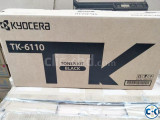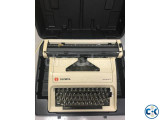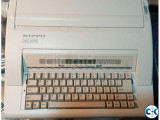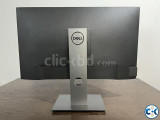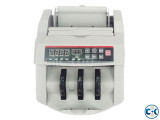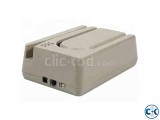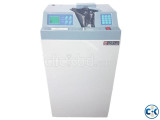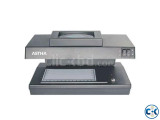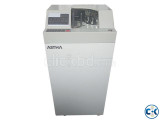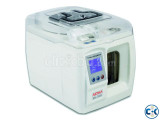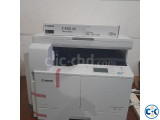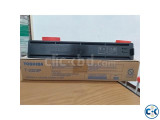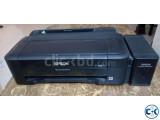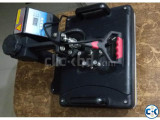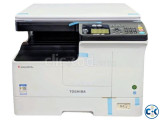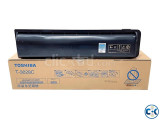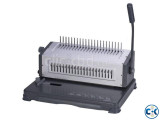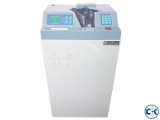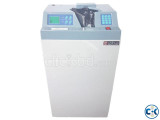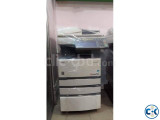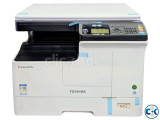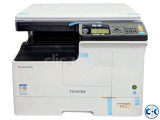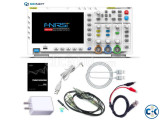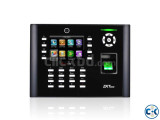Cattle Calf Dehorning Machine Dehorners Saw in Bangladesh
DESCRIPTION for Cattle Calf Dehorning Machine Dehorners Saw in Bangladesh price in Bangladesh
Calves Bull Bloodless Dehorners Saw Angle Grinder Remover Cattle Calf Dehorning Machine in Bangladesh sell in Bangladesh
1. Description of Bloodless Cattle Calf Saw Angle Grinder Remover After the horns are fixed, the horns are cut by an electric cutter from the bottom of the horns with electric cutter. The angle removal speed is fast and the operation is simple. After the horns are removed, the cattle can be prevented from being injured due to fighting, especially since the breasts will not be hurt by the following cattle. Horned cattle are quieter and easier to manage.
2. Using Method of Bloodless Cattle Calf Saw Angle Grinder Remover
Fix the horns, plug in the power, wait for the saw blade to become hot, push the saw blade, the horns will be removed as soon as you press it, and the cattle can hardly feel pain. Horns and Their GrowthHorns are the pairs of hard, bonelike, permanent growths projecting from the heads of cattle. They grow from a unique area of skin cells at the base of the horn. At about two months of age, horns become attached to the frontal bone of the skull. A sinus lies within the skull beneath the horn bud. As the horn grows and attaches to the skull, this frontal sinus joins into the adjacent portion of the horn.
Reasons For Dehorning ****** Advisors commonly recommend dehorning young calves to:
Dehorning AgeDehorning at a young age minimizes hazards to the calf, the cow-calf producer, and the feedlot owner. Hazards for calves and owners include:
Many producers choose to dehorn new-born calves because:
Anaesthesia and Pain ReliefChoices in anaesthesia and pain relief include:
Blocking the Nerve to the HornThe corneal nerve supplies sensation to the horn. This nerve travels from immediately behind the eye to the base of the horn. It lies underneath a small overhanging ledge of bone that is a part of the skull. This ledge is easily detected with slight finger pressure. A vein and an artery are found in association with the nerve. Administration of the anaesthetic is simple in young calves. Many veterinarians train their clients in the technique. One nerve provides feeling to each horn. Blocking the nerve makes dehorning easier on the calf and on the person doing the job. You must block one nerve on each side of the head. Lidocaine anaesthetic is a prescription drug and is only available from your veterinarian. This procedure requires clinical training and practical experience. Local anaesthetic should be given by a veterinarian, a trained veterinary technician, or a trained operator. Choice of Dehorning MethodsThe choices of dehorning techniques range from genetic to surgical. The risks to the calf and the operator vary with each technique. Many producers choose to dehorn newborn calves because the techniques are easier for the operator, less stressful on the calves and they demonstrate concern for the animals’ welfare. Here are the common dehorning methods.
Figure 1. marks the location on a bovine skull of the midpoint between the horn base and the outside corner of the eye. Anaesthetic is injected beneath the ridge of bone shown with the X and arrow in the figure. Polled BullsHorned or polled cows mated to a naturally polled bull (Angus) will give birth to polled calves. However, some non-naturally polled bulls carry the gene for horns and will not breed true for the polled trait. Advantages and Disadvantages
Chemical DehorningCaustic chemicals will prevent the growth of horns when properly applied to the horn buds of newborn (less than one to three weeks of age) calves. The chemical destroys the horn-producing cells around the horn bud. The chemicals are available as sticks or pastes (Figure 2). To protect yourself, wear gloves when applying the chemicals. To protect the calf, avoid application near its eyes. Do not use caustics in rainy weather.
Figure 2. Dehorning paste is a caustic chemical applied to horn buds to destroy horn-producing cells. Technique
Advantages and Disadvantages
|





